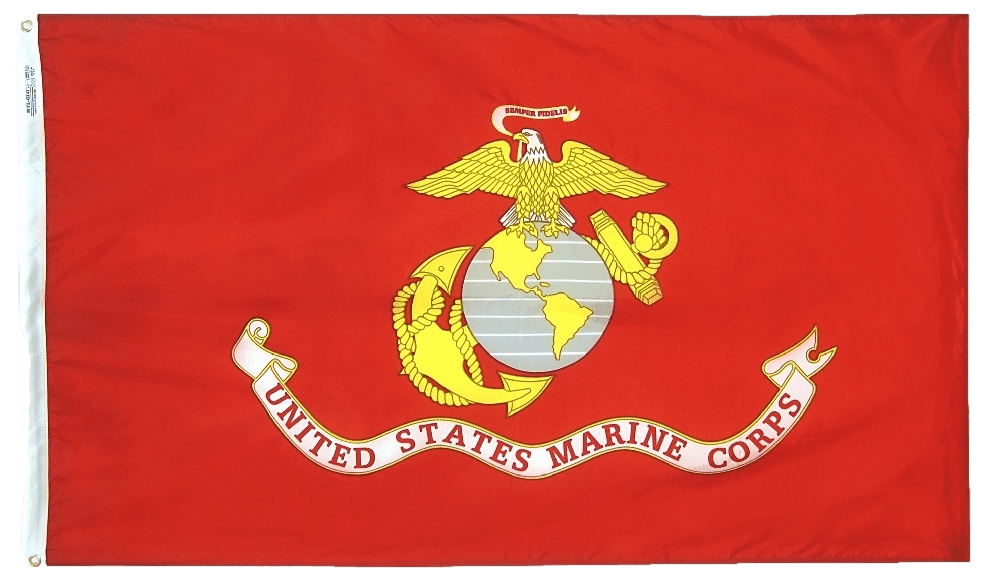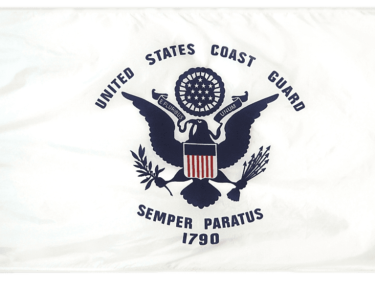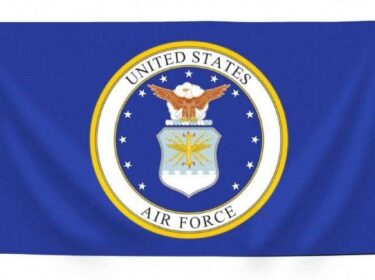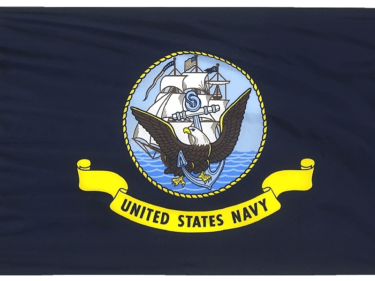A Brief History of the Flag of the U.S. Marine
The United States Marine Corps flag, also known as the Marine Corps Colors, has a rich history that dates back to the establishment of the Marine Corps itself. Here is a brief history of the US Marines flag:
1. In 1775, the Continental Congress authorized the formation of two battalions of Marines to serve as naval infantry during the American Revolutionary War. At this time, there was no official flag for the Marine Corps.
2. The first official flag associated with the Marine Corps was the Grand Union Flag, also known as the Continental Colors or the First Navy Jack. It consisted of thirteen alternating red and white stripes, representing the original thirteen American colonies, with the Union Jack of Great Britain in the canton.
3. In 1795, the Marine Corps adopted a new flag, often referred to as the "Marine Corps Standard." It featured a white field with an emblem consisting of an eagle, a globe, and an anchor, which are still prominent symbols of the Marine Corps today. This design was inspired by the Marine Corps' first emblem, created in 1776, and it remained in use for almost one hundred years.
4. During the Civil War, Marine Corps units typically carried a variety of battle flags, as the Marine Corps did not possess an official regulation flag during this period.
5. In 1876, the Marine Corps adopted a new design for its official flag, following a series of recommendations from a board of officers. The proposed design featured the same eagle, globe, and anchor emblem on a scarlet field with a golden fringe. However, this design was never officially adopted and remained largely unknown.
6. Finally, in 1939, the current design of the Marine Corps flag was officially adopted. It consists of a scarlet field with the Marine Corps emblem in the center. The emblem features an eagle, a globe, and an anchor, symbolizing the Marine Corps' air, land, and sea capabilities.
Today, the US Marine Corps flag is proudly displayed at Marine Corps installations, during ceremonial events, and on the uniforms of Marines around the world. It serves as a symbol of the Marine Corps' rich history, honor, and commitment to defending the United States.






